CRYSTAL GROUP INC. purway PUR Booster 5 stages User manual















Table of contents
Popular Water Filtration System manuals by other brands
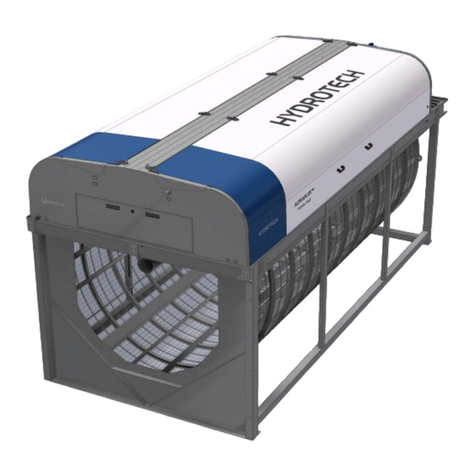
Veolia
Veolia Hydrotech Drumfilter HDF - 16/20V- Value... Operation and maintenance manual

Watts
Watts PWDWUV3 Installation, operation and maintenance manual

Oase
Oase Filtoclear 3000 operating instructions
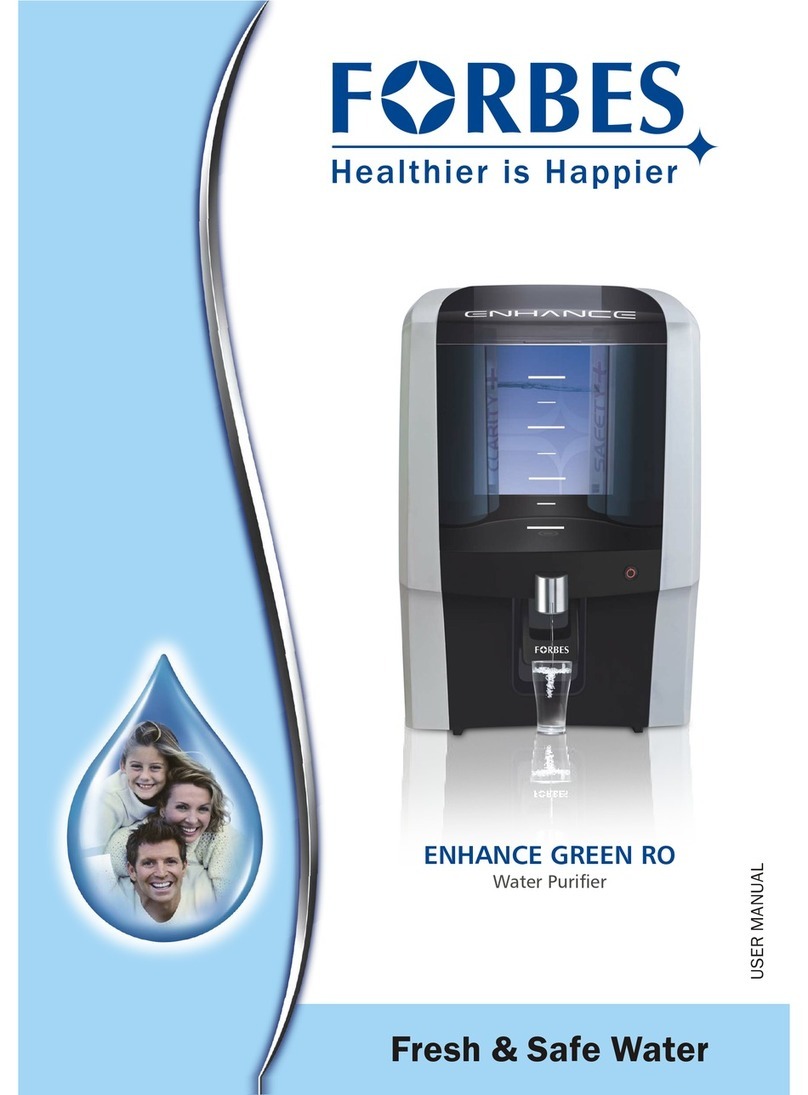
Forbes
Forbes ENHANCE GREEN RO user manual
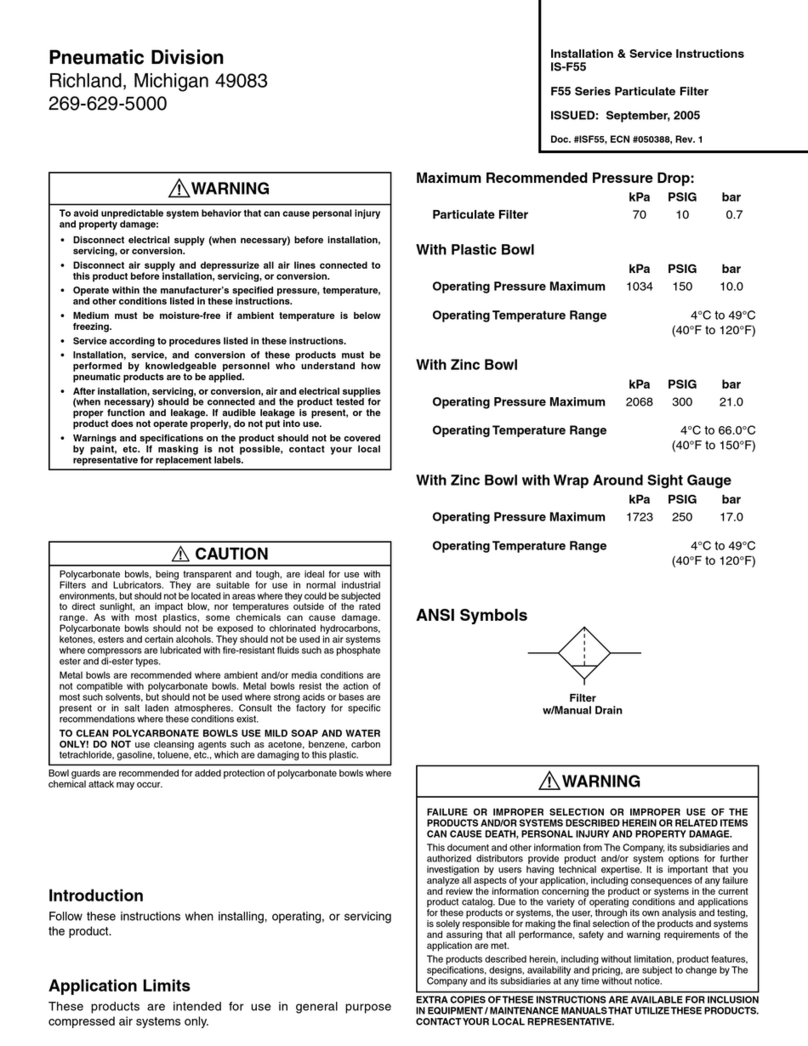
Parker
Parker F55 Series Installation & service instructions
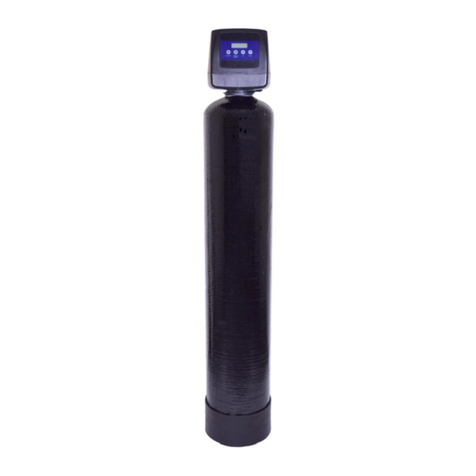
Clean Water Systems
Clean Water Systems Birm 7800 Installation & start?up guide
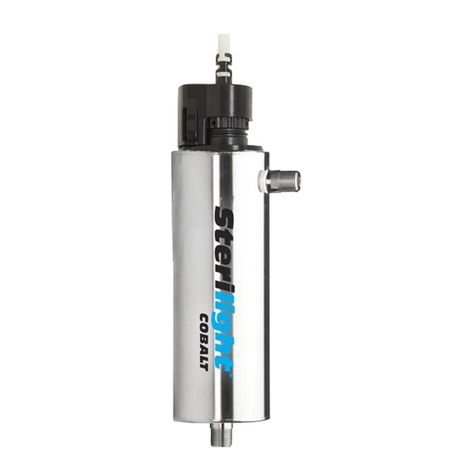
Sterilight
Sterilight Aquasana SC200-A Installation, Operation and Maintenance Owner’s Manual
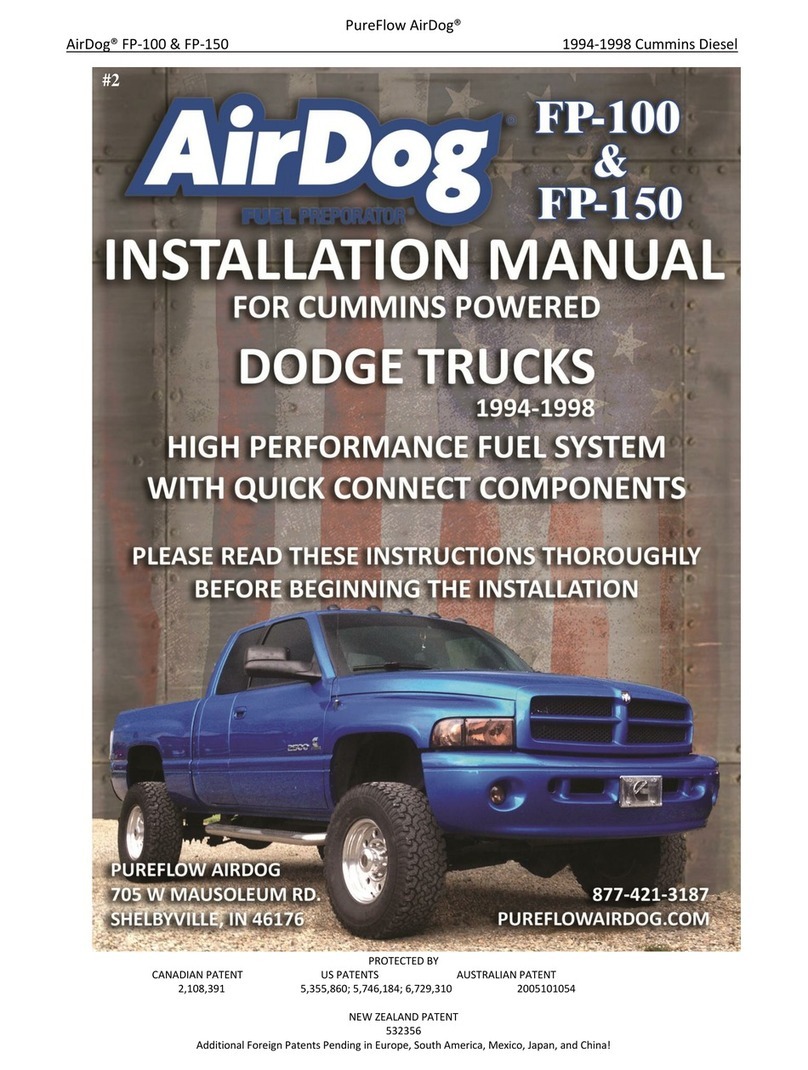
PureFlow AirDog
PureFlow AirDog FP-100 installation manual
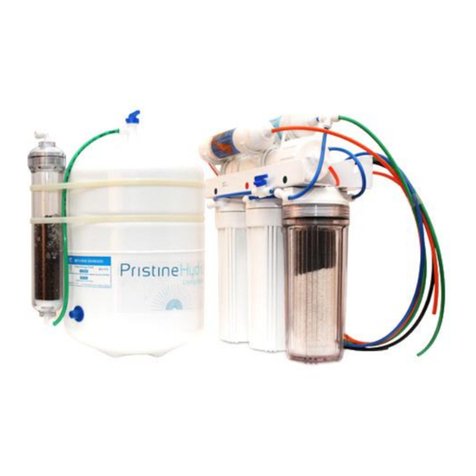
PristineHydro
PristineHydro WRS-UC3 installation manual

aquasweet
aquasweet 2220 quick start guide
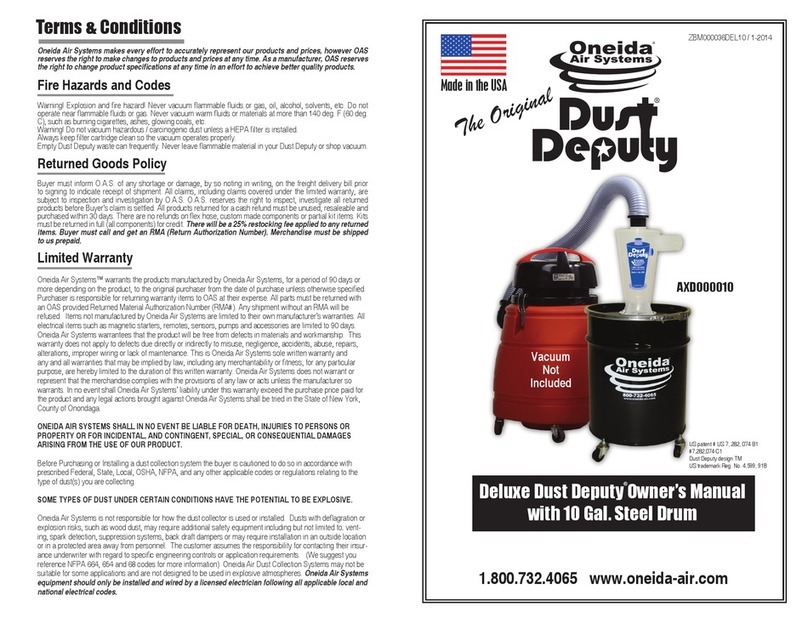
Oneida Air Systems
Oneida Air Systems Deluxe Dust Deputy owner's manual
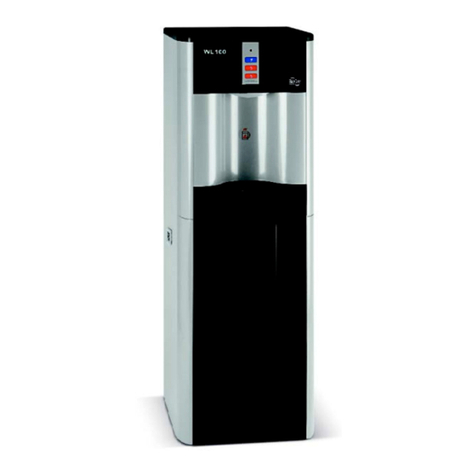
WaterLogic
WaterLogic WL100 Installation procedures
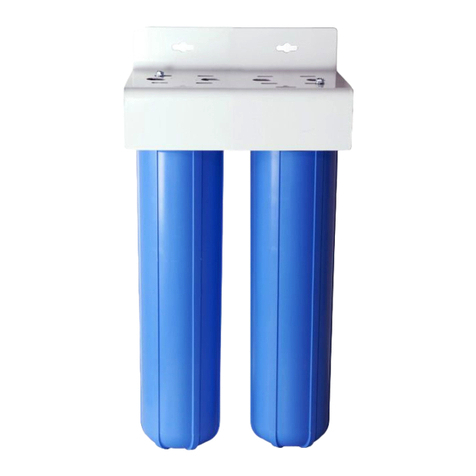
Apec Water
Apec Water FILTER-SET-CB2-20BB Installation instructions & owner's manual
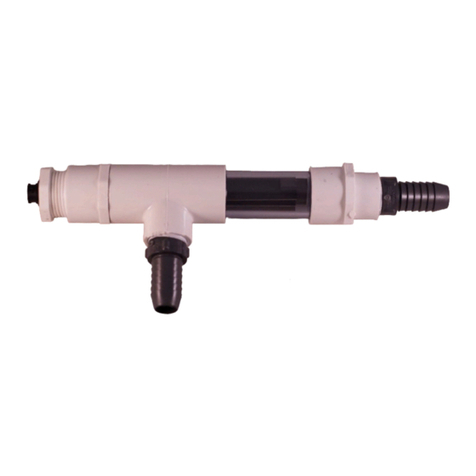
ControlOMatic
ControlOMatic CHLOR MAKER 10 operating instructions
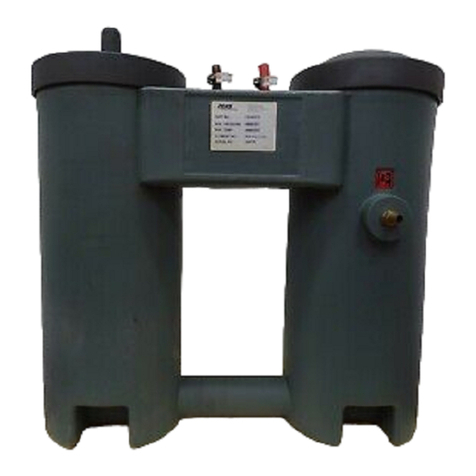
ZEKS
ZEKS OS300 Technical manual
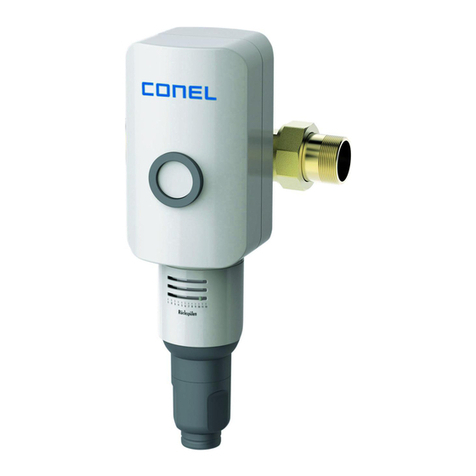
Conel
Conel CLEAR Series operating instructions

San Dy
San Dy SDW-1800 instruction manual
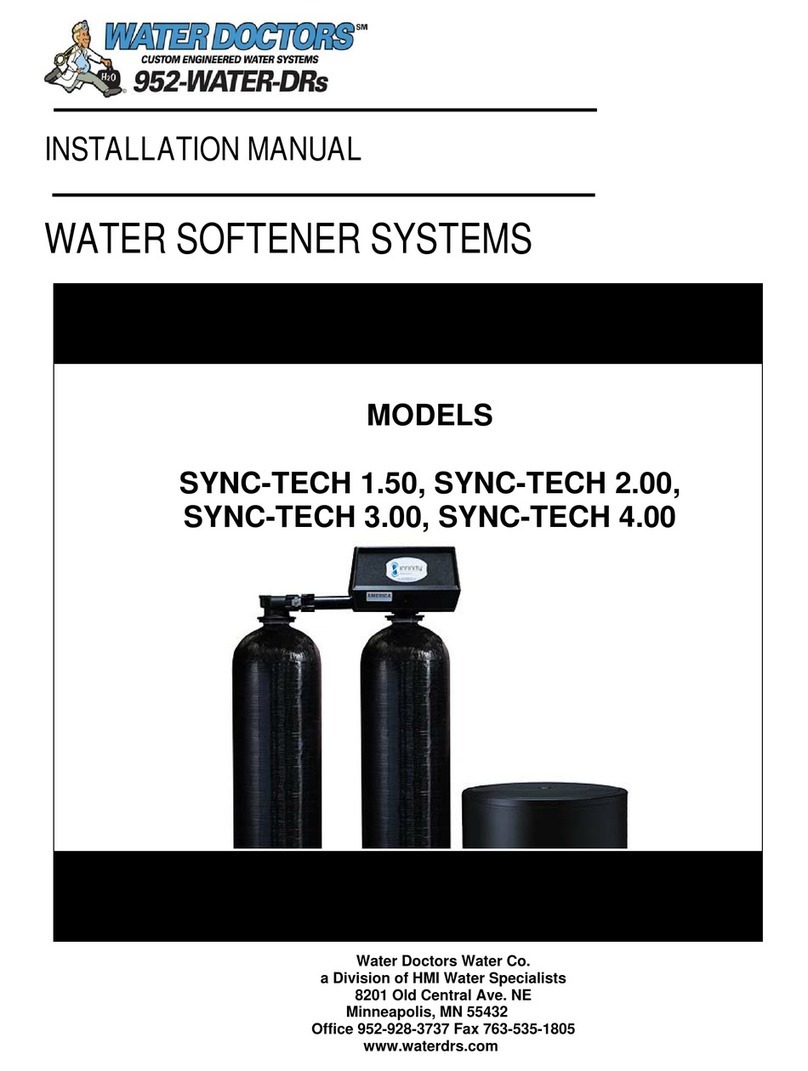
Water Doctors
Water Doctors SYNC-TECH 1.50 installation manual